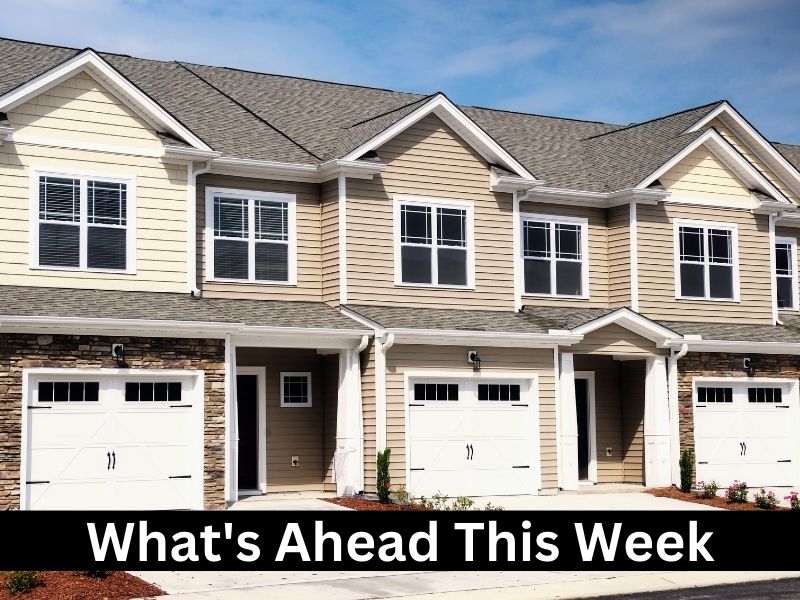
Many of the reports scheduled for release last week were delayed yet again, including the anticipated unemployment data. There is an expectation that they will be released next week. The only on-time release was the third-party Consumer Sentiment report from the University of Michigan, which aligned with expectations and generally indicated that consumers remain dissatisfied with the current state of things, citing high prices and consistently weakening incomes.
Univ. of Michigan Consumer Report
Consumer sentiment was little changed this month with a 2.6 index point decrease from October that is within the margin of error. After the federal shutdown ended, sentiment lifted slightly from its mid-month reading. However, consumers remain frustrated about the persistence of high prices and weakening incomes. This month, current personal finances and buying conditions for durables both plunged more than 10%, whereas expectations for the future improved modestly.
Primary Mortgage Market Survey Index
• 15-Yr FRM rates saw a decrease of -0.03% for this week, with the current rate at 5.51%
• 30-Yr FRM rates saw a decrease of -0.03% for this week, with the current rate at 6.23%
MND Rate Index
• 30-Yr FHA rates saw a decrease of -0.08% for this week. Current rates at 5.86%
• 30-Yr VA rates saw a decrease of -0.07% for this week.Current rates at 5.88%
Jobless Claims
Initial Claims were delayed until the following week.
What’s Ahead
PPI and PCE Index inflation reports are the biggest data releases next week, along with the delayed unemployment data.




